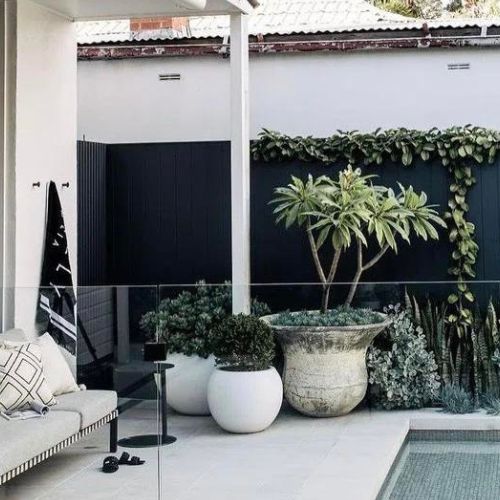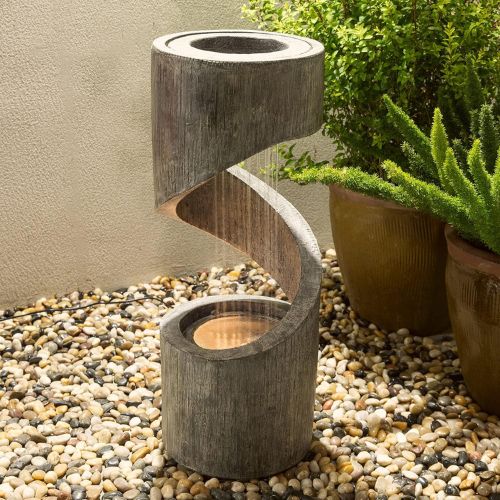How to create a moon garden – and the night-blooming plants you'll need to do it
Experience the joy of a garden that comes to life at night and a space for quiet contemplation

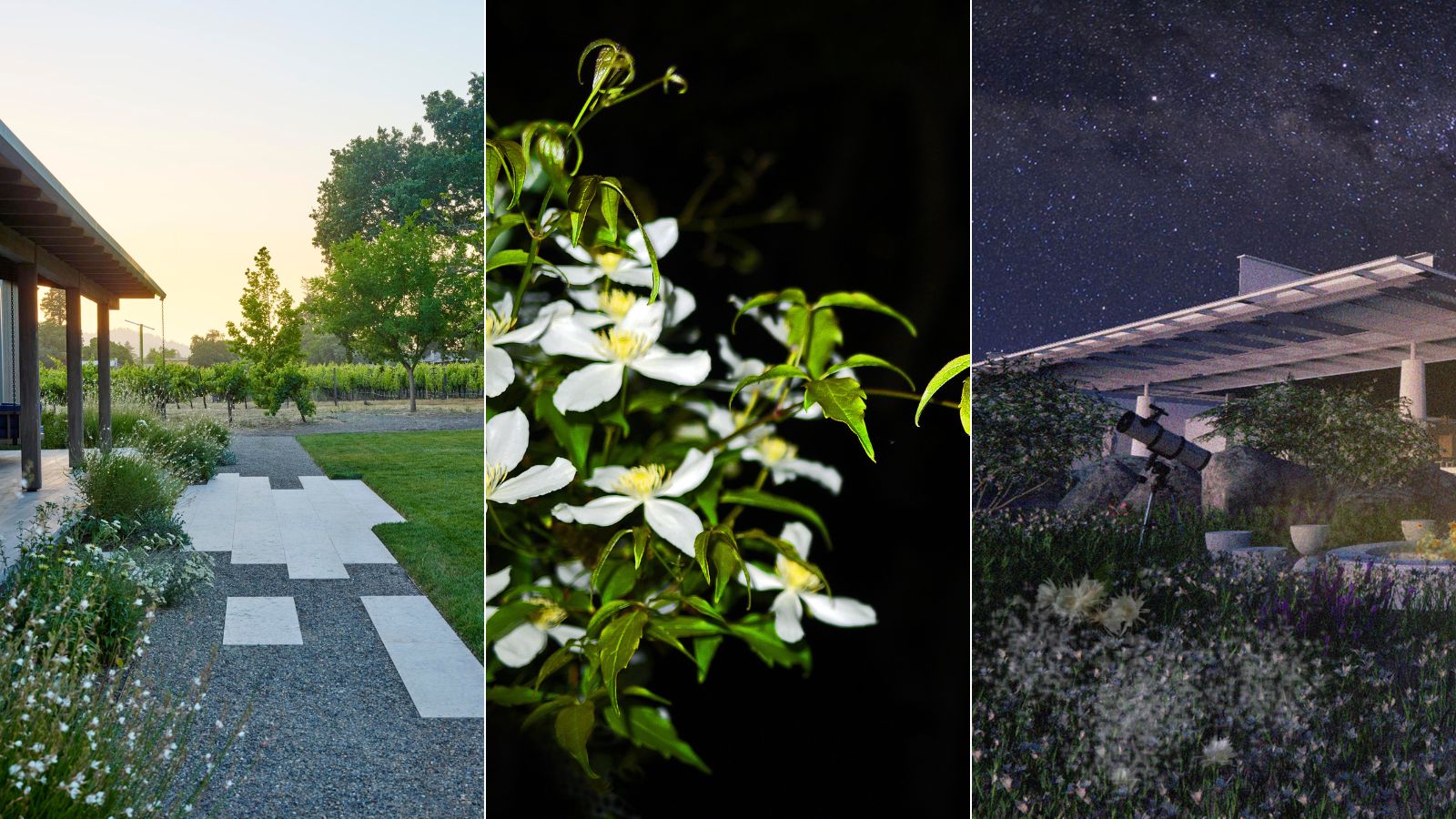
You may already have noticed the moon illuminating your garden at night and marveled at the magical atmosphere it creates. This is especially striking during the lunar cycle phases when the moon is at its fullest. So, why not harness this natural beauty by designing a moon garden (or moon patch) as part of your backyard ideas to be enjoyed at night?
A moon garden includes fragrant, white flowering plants, pale foliage that shimmers in the moonlight, and other landscaping features that bounce moonlight around and appeal to the senses – from water features and rustling grasses to gravel and concrete and, of course, some comfortable seating on which to soak it all in.
If you enjoy gardening by the moon for potentially bigger and healthier crops, learning how to create a moon garden will certainly interest you. The benefits are endless – as well as the visual appeal and chance to connect with nature, stargaze, and unwind, there is a lot of overlap between making a moon garden and creating a more eco-friendly garden, as it benefits nocturnal pollinators, such as moths and bats. If you're interested in learning how to create a moon garden, we've gathered expert advice and planting suggestions to get you started.
How to create a moon garden
Creating a moon garden extends the usable hours of our yards, meaning we can enjoy the scents and sights of our outdoor spaces around the clock. A spot for quiet contemplation offers many psychological benefits, even helping us to sleep better.
'Moon gardens create a sense of wonder and curiosity in the garden at an unexpected time of day,' comments Michal Kapitulnik, principal at Surfacedesign. 'Through the use of white blooms, silvery and variegated foliage, and night-blooming specimens the garden comes to life at night reflecting the moonlight and creating a sense of wonder.'

Michal Kapitulnik is principal at Surfacedesign, a landscape architecture and urban design firm based in San Francisco, California. Her interest in horticulture and the potential didactic qualities of the landscape inform her work. Michal has managed multiple complex projects at Surfacedesign, ranging from small-scale residential to commercial and public open-space networks.
How much space do you need to create a moon garden?

You might choose to dedicate a patch of your backyard to your lunar garden in a spot that can be enjoyed from a deck, patio, porch, or window, and for those living in warmer climates, you may wish to enjoy it outdoors during the cooler evening hours.
Whatever you choose, you really don't need a large space to embrace this atmospheric garden trend, Michal Kapitulnik assures. Your moon garden could be as low-key as a few pots of white flowers and some outdoor seating, or a much more elaborate affair that fills your whole garden plot.
Design expertise in your inbox – from inspiring decorating ideas and beautiful celebrity homes to practical gardening advice and shopping round-ups.
Whatever its size, Michal says that the key to a successful moon garden is to ensure that it is secluded enough. 'This will avoid light pollution and mean you can celebrate the immersive potential of the moonlight reflecting off of the planting,' she explains.
'Like all gardens, space is relative – you can create a moon garden in a large or small space,' adds garden designer Thomas Little. 'What is essential for a moon garden that is heavy on flowers is to consider soil and light (a minimum of four to eight hours a day) and selecting plants that give off a glow in the moonlight.'
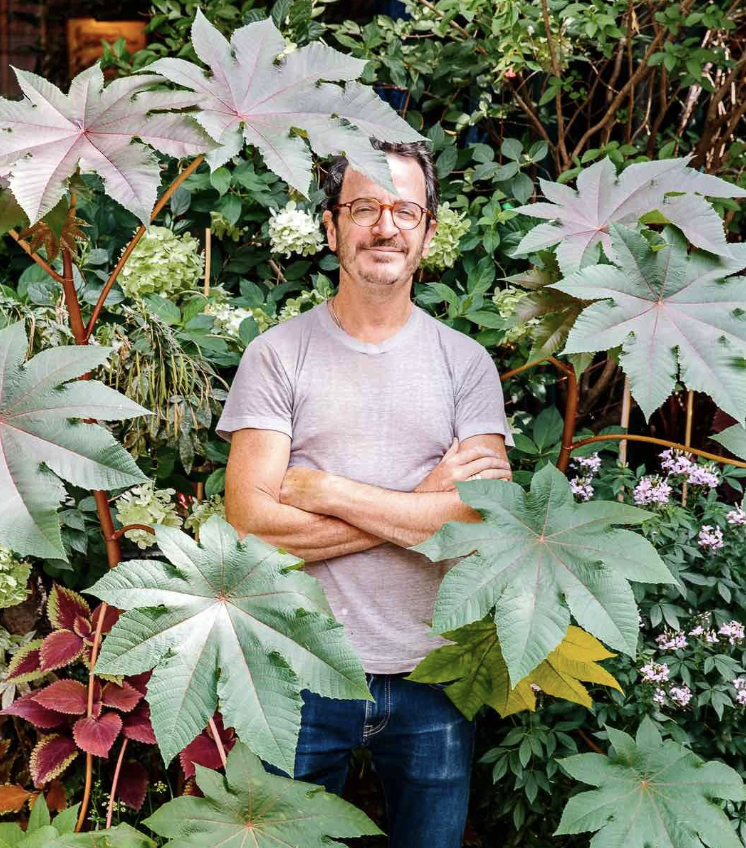
Thomas Little is the principal designer and founder of Urbangreen Gardens in New York City. Since 2000, Urbangreen Gardens has created commercial and residential green spaces throughout New York for restaurants, hotels, and homeowners. Thomas prides himself on delivering unconventional and deeply personal plantscapes where people can feel a sense of expansion, wonder, and wildness.
What are the key elements of a moon garden?
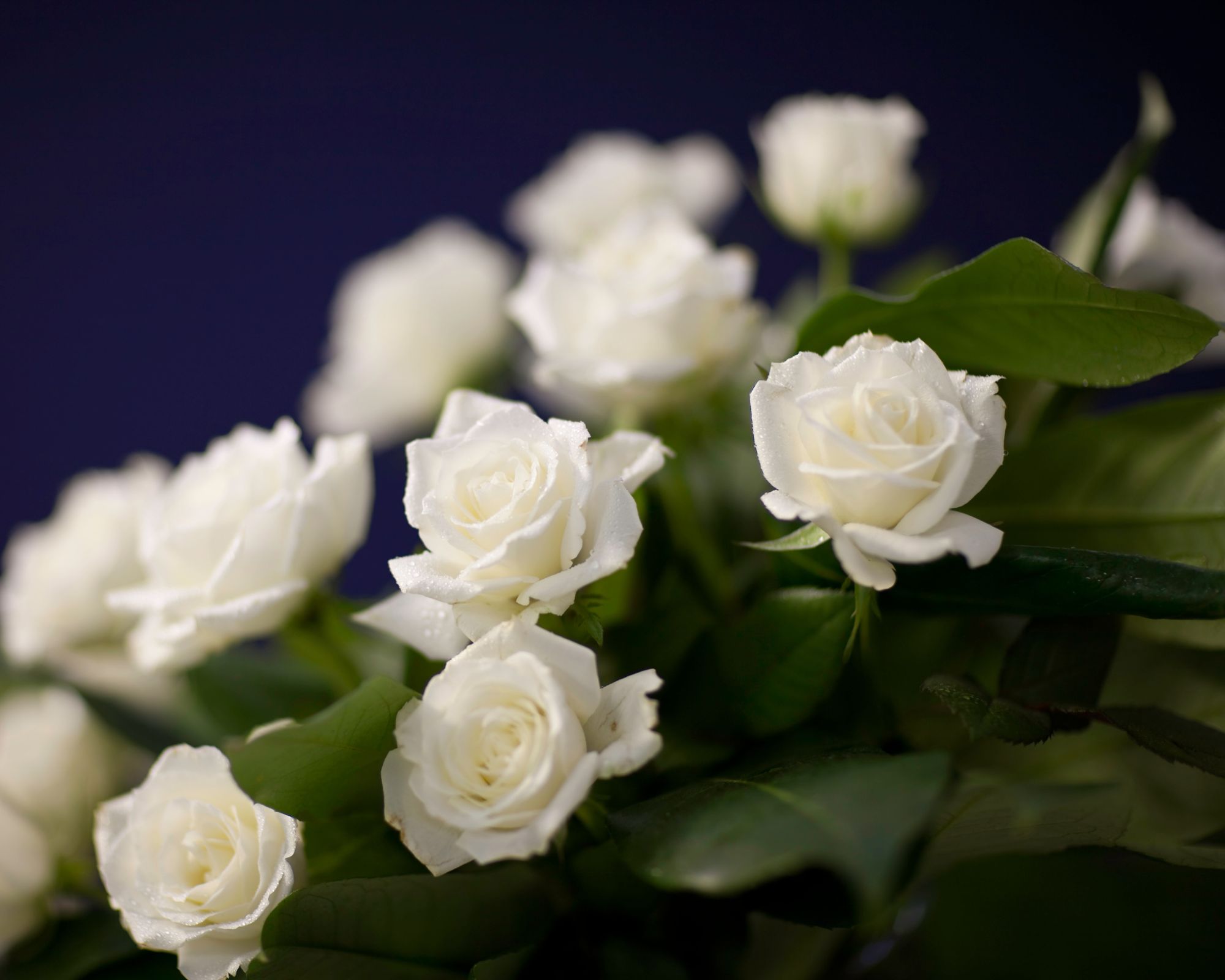
The experts all agree that a moon garden isn't a moon garden without night-scented plants with white blooms and silvery foliage positioned away from artificial light sources.
Given that moon gardens are designed to be enjoyed after sunset, they are a unique opportunity to experiment with form, texture, sound, scent, and light – rather than focusing so much on our garden color schemes, as we often do when planting up flower beds to be enjoyed in the daylight.
But it's not just the plants you use and where you position them – many other features can enhance the dreamy atmosphere, as Thomas Little explains.
'Key elements to creating a moon garden are light-colored pots or vessels such as concrete, with light or white furniture,' he says. 'This will create a light, bright, and monochromatic look which will become more pronounced in the evening hours.' Seek out white or metallic finishes when choosing your trellises, outdoor furniture, and planters for an ethereal glow.
Shop moon garden-inspired accessories
What should I plant in a moon garden?

Plants with pale blossoms that don't close completely at night, and silver foliage will best reflect the moonlight in your yard – to enhance the luminosity of the space, Michal Kapitulnik also recommends looking for variegated foliage, such as Pelargonium tomentosum, Pittosporum tennuifolium, or Teucrium.
'Some ideal blooms to be incorporated into your moon garden include: Hydrangea macrophylla, Hydrangea paniculata, moon vines, Casablanca lilies, Rhododendron catawbiense, Azalea 'Delaware white', Helichrysum petiolaris, Plectranthus argentii, and Alyssum,' advises Thomas Little.
Below, we have listed more of the best options to help you when planning your moonlit backyard landscaping:
- Epiphyllum oxypetalum, also known as Queen of the Night
- Night-blooming jasmine
- Evening primroses
- Moonflowers
- Four o'clocks (Mirabilis jalapa)
- White petunias
- Roses
- White lavender
- Gaura
- Gardenia
- Brugmansia (Angel's trumpet)
- Mock orange
FAQs
How do I care for and maintain my moon garden?
You can keep your moon garden looking its best by staying on top of some general gardening tasks, particularly pruning, watering, deadheading, and using a fertilizer, at Amazon to help plants thrive.
'The most important for any heavily floriferous garden is deadheading and encouraging reblooming,' says garden designer Thomas Little. 'Flowering plants are heavy feeders and will need to be fertilized at least three times over the growing season.
'Lean into annuals to keep a constant presence of white as perennials and woody sub-shrubs go into and out of flower. A moon garden is a full sun garden during the day. Keep it well watered, especially during times of heavy flowering,' Thomas adds.
Incorporating a moon garden into your backyard design ideas is a wonderful way to see your outdoor space in a whole new light, observe nighttime wildlife, plants, and watch the moon as it moves through its cycles, giving us a deeper connection with the natural world and chance to set new moon intentions.

Millie is a freelance writer and qualified interior designer based in Sheffield. She has many years of experience in the world of content and marketing, and previously worked as the head of Solved at Homes & Gardens. Before that, she worked in SEO at News UK in London and New York. She has a first-class degree in French and Italian from UCL and loves to weave decor into her home that reminds her of time spent living and studying in Bologna. Millie believes a clutter-free space that you love coming home every day is the best secret weapon for our well-being.

